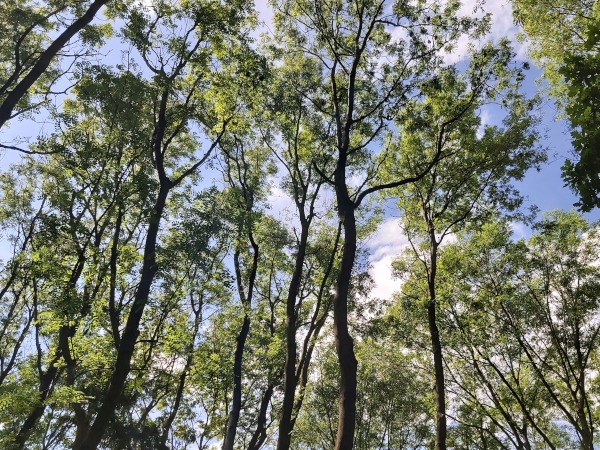A while ago I co-authored a short paper on the £15 billion cost to the UK of ash dieback. It made quite a splash in the media and even ended up being cited in both Houses of Parliament. Repeatedly. But what is the legacy of this paper?
While the Coronavirus pandemic has already cost the UK’s economy far more than this and will have profound long term societal impacts, we must not lose sight of the importance of trees. The impacts of ash dieback will likely last way beyond the impacts of Covid19.
Trees take many decades to mature and ash is a dominant species in the UK’s landscape. The closest parallel to how ash dieback will impact on the vista is the massive loss of elms in the 1970s and 1980s (in fact the “wave” is still spreading north in Scotland, where there are a few refugia for elm).
The response to Dutch Elm Disease at the time included help from local authorities to fell trees, together with a scheme to encourage the replanting of replacements. “Plant a tree in ’73” became “Plant some more in ’74” and ultimately to the formation of the Tree Council, which today marshals an army of volunteer Tree Wardens, whose role at parish level is to monitor the health of its trees and campaign for their protection and succession.
Today things are very different. Few local councils are sufficiently well financed to support dedicated tree officers. This means that problems are often not spotted soon enough and when they are the response can be inappropriate and sometimes excessive. In a world where legal action is never far away landowners are understandably concerned for the liability that some publicly accessible trees, particularly those along roads and rights of way, present.
Guidance is available for landowners and local authorities alike on how best to cope with ash dieback. One of the main things that our study identified was that the recovery of lost ecosystem services would take place much faster if a targeted replanting campaign is supported. Although we reckoned that the cost of such an operation would come in at around £4 billion, these are straightened times.
So the fact that there is a dedicated £30 million fund for the replacement of lost ash trees on the one hand seems like a trifling amount it is nonetheless encouraging that the government has made the money available. In any case, offering more in a single bite would probably be useless: the sector simply isn’t sufficiently geared up.
Ash dieback has (re)taught a valuable ecological lesson: there is strength in diversity. The ubiquity of ash in the landscape, replacing the ubiquitous elm before it, is a major vulnerability in the system’s ability to withstand and recover from shock. We urgently need to replace lost ash trees, especially those outside woodlands, and we need to do so with a broad mix of species, each appropriate to its setting.

